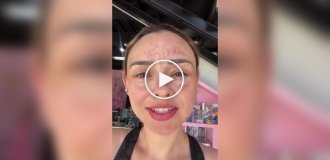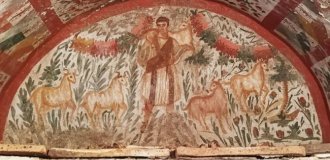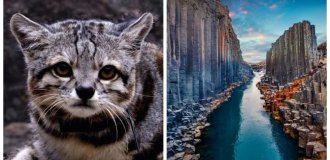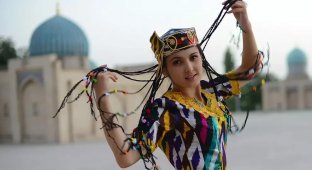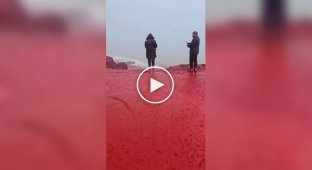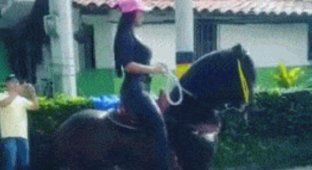From head to toe: the secrets of beauty and protection of Himba women
Himba women in Namibia daily coat their skin, hair, and clothing with a special paste, known in the local dialect as "otjije," a mixture of cow fat, butter, and red ochre, a hematite pigment mined in the Opuwo Mountains.
Ochre harvesting begins at dawn: the women break rocks with hammers, grind them into powder on flat granite slabs, and sift them through a cow's tail sieve.
The fat is rendered from fresh milk, and aromatic resins from the omutati shrub are added for protection from the sun and insects. The paste is applied with the hands from head to toe in a thick layer, creating a copper-red coating that, as it dries in the hot sun, keeps the skin moisturized and protects against burns in temperatures above 45°C (113°F).
Himba hairstyles carry deep social significance: the shape and number of braids can be used to determine a woman's age, marital status, and social status. Before marriage, girls wear two simple braids falling forward, indicating their youth.
Women who marry adorn their hair with multiple thick braids covered with otjije and often supplemented with goat hair or plant fibers for volume. Himba men do not use otjije, emphasizing the gender divide.
